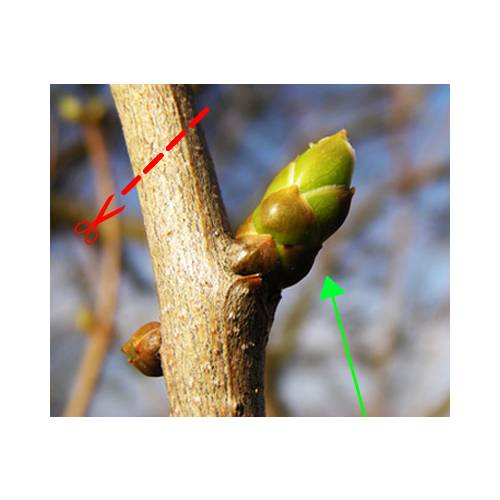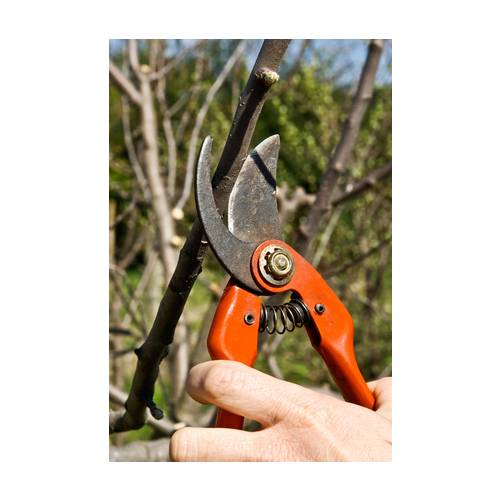
Know everything about pruning
Basic principles of pruning
- Details
-
Pruning, regardless of the plant involved is subject to a few basic rules. Once these principles are understood, you can begin your jobs around the garden without any fear.
Try and preserve the natural shape of the tree or shrub for as long as possible.
Begin by cutting out all the dead branches, then get rid of any double branches (those which cross over one another and are competing with others growing in the same direction).
The cut is made about 5 to 6mm above a bud. Choose a bud on the outside of the bush or on the boughs of the tree. This way the new branch will not grow inwards and choke the centre of the tree but will fill out its silhouette.
Cut on a diagonal so that the lower part of the cut is opposite the bud.
Make nice clean cuts and avoid tearing the branch. Ensure that the cutting blade of the secateurs is placed towards the part of the branch to be kept. Plants do not appreciate the cutting out or pruning of large diameter branches; therefore do not put off pruning those annoying branches. When cutting a large branch (a diameter greater than 5cm) avoid splitting the wood; make a shallow cut of a few millimeters on the underneath of the branch before sawing it diagonally from above.
Paint the large cuts with a scar sealing product.
When you purchase a tree or shrub from a professional the plant generally has already been shaped and you should attempt to keep this silhouette. If you grow the tree yourself, try and ensure a straight main stem and then make its boughs by cutting off the last bud to encourage ramification of branches. - Photos (2)


